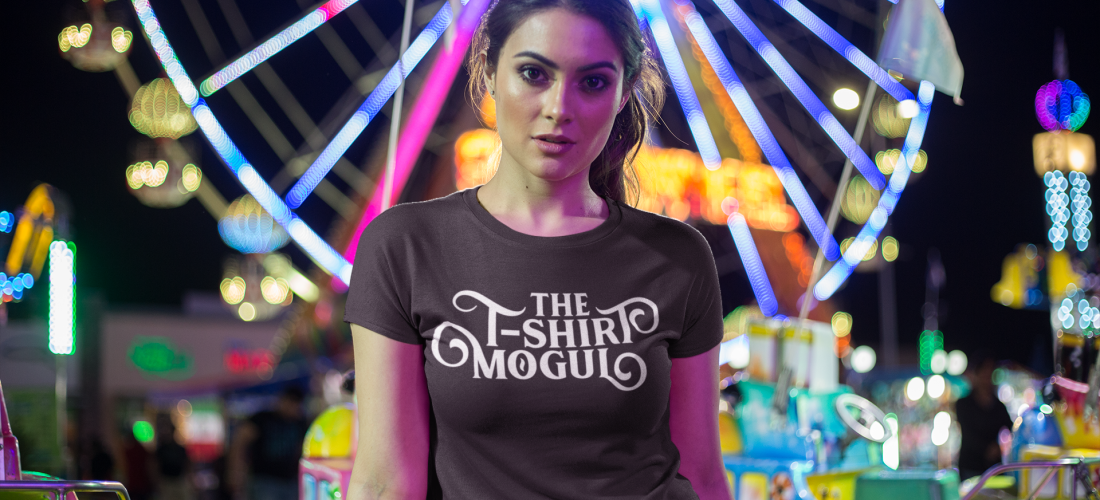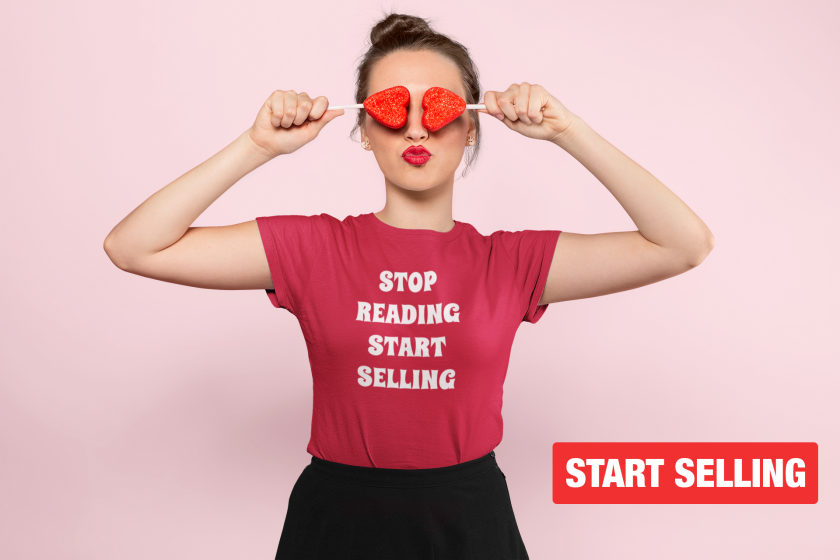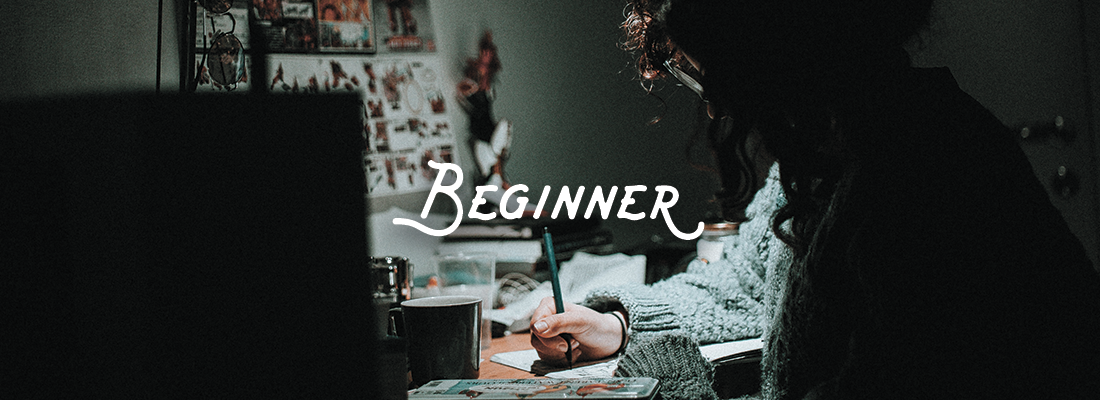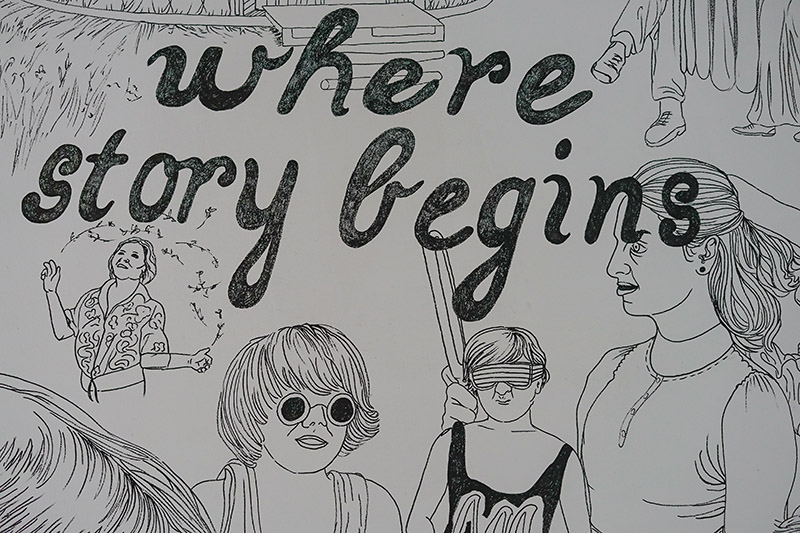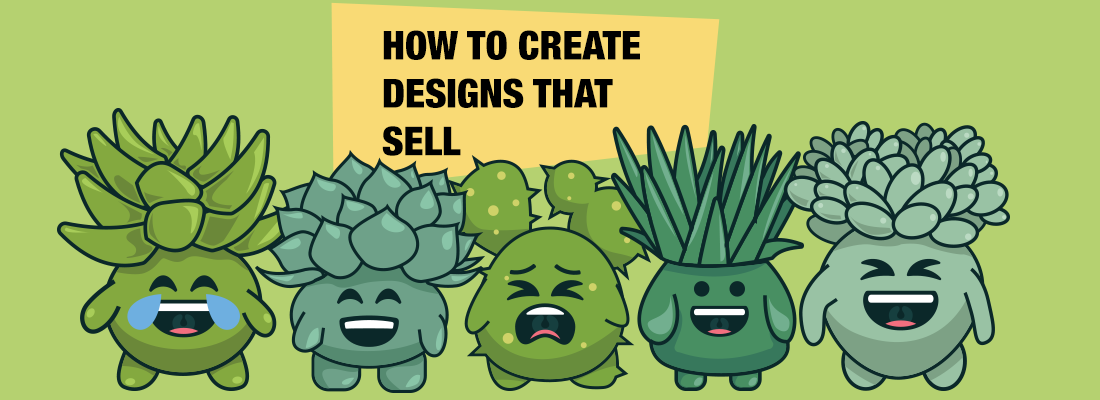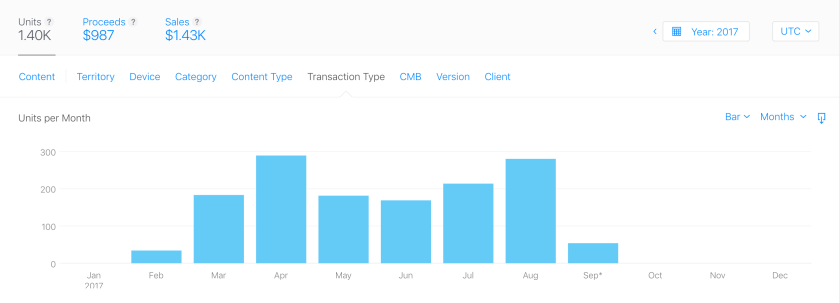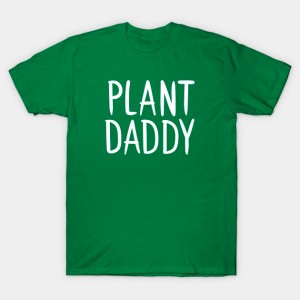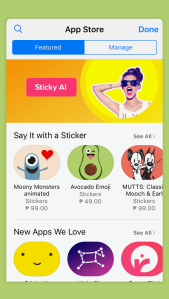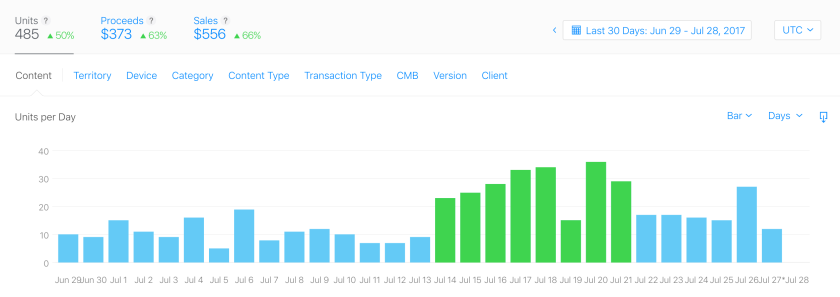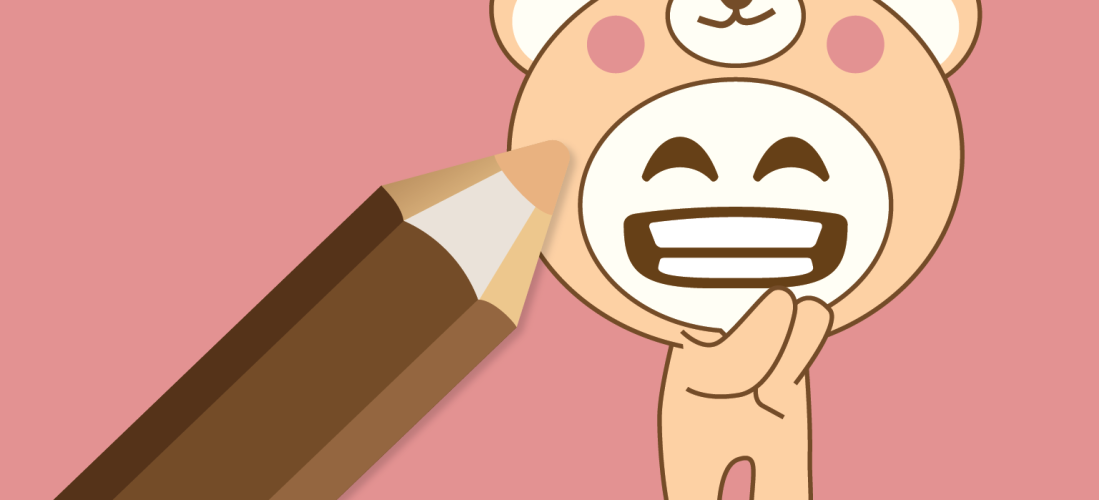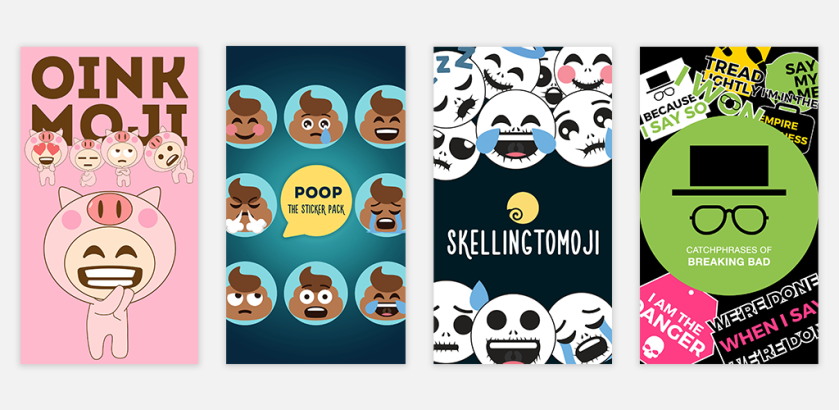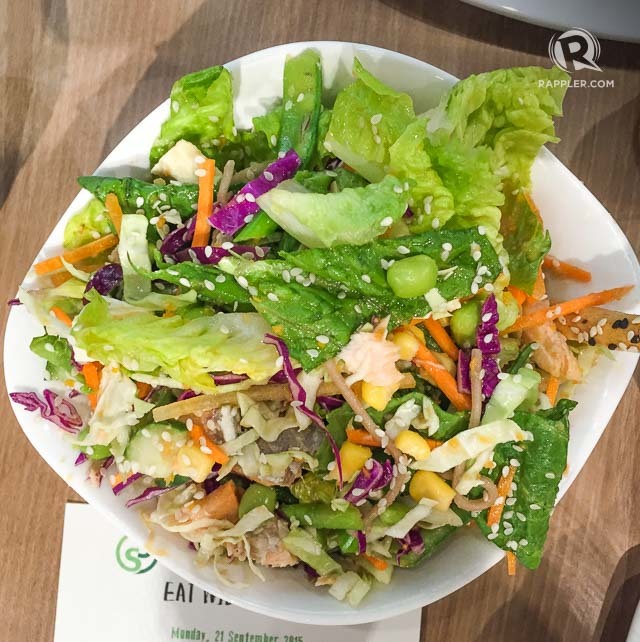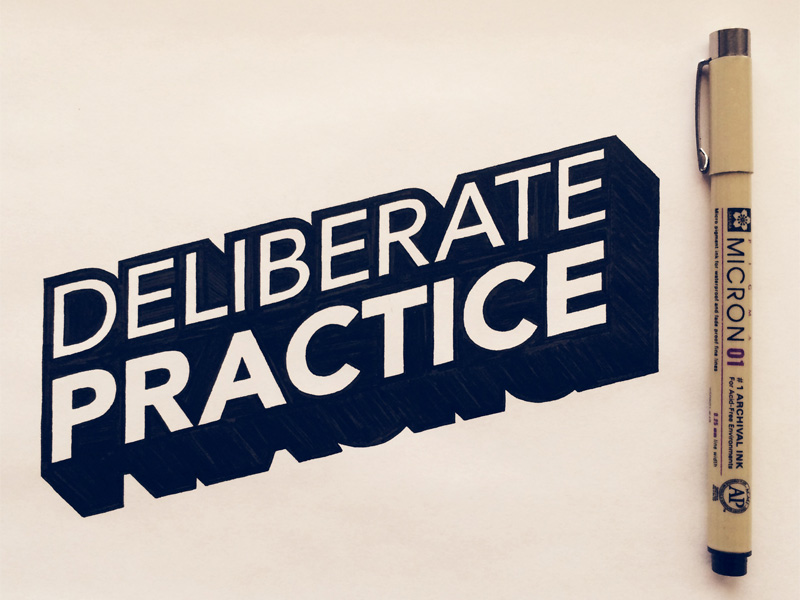If you are in the print-on-demand (POD) industry, you’ve probably heard of Printful. The model is simple, a customer orders from you, you order from Printful and keep the profit, then Printful prints and ships the item to the customer for you. While Printful is not the only company in this space, they are arguably leading the pack.

How Printful Works – © Printful
I’ve been using Printful for a bit more than a year now, and I think that it’s the perfect time to write an honest review. I based this review on a thousand orders, with ninety percent of them being t-shirts.
Returns and Customer Service
Returns are perhaps one of the top worries of those who want to start a POD business. To my surprise, in a year, I have had less than twenty returns and some of which are the customers’ fault – wrong address, no one received the package, etc. If you set the return address to Printful’s HQ, they will give you options on what to do with the returned items. You can either send it to a different address or do nothing which is effectively saying that you want to donate it to charity.
The Highs
- Twenty returns out of one thousand orders is an acceptable, excellent, ratio in my opinion.
- Customer support is very responsive and helpful. I appreciate that you talk to people and not to bots. I use Messenger to reach out to them.
- The returns policy of Printful is very reasonable. They replaced most of my returns with no extra cost on my end which gives me a lot of confidence in handling after-sale customer service.
- In case of a return, Printful gives an instant refund option or a priority shipping replacement.
- I had a customer who wanted to a gift for a hospitalized friend, Printful expedited the printing and upgraded the shipping so it would ship overnight. While this is an exception, it shows that they are willing to help. Cliché but your success is their success too.
The Lows
- Since Printful caters to a lot of businesses, mixup could happen. One of my customers received a t-shirt that I did not design. While a seemingly small mistake, this could damage a brand. Imagine if the t-shirt had a design that is against a customer’s moral standards. Imagine if the t-shirt was a gift and was opened only on the date of the occasion in front of a crowd, imagine the horrors, imagine the embarrassment of my customer and how that customer experience would reflect in my brand.
- I had a pencil design that is aligned vertically and horizontally in the t-shirt. A customer wanted to return the item because it was off-center. Printful said that they couldn’t replace it because it was horizontally off-center by less than 2 inches. I cannot find this rule anywhere on the Printful site.
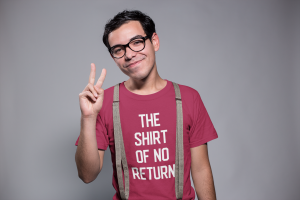
The Shirt of No Return © Pixeptional.com
Tip: Have a clear returns policy. Add more terms to Printful’s returns policy, no returns for a customized item for example. If you’re pricing low, not accepting returns is an option.
Quality
If you’ve read other reviews, you’ve probably seen a lot of praise for Printful. I tend to agree to most of them. I use Gildan for t-shirts and hoodies, Bella + Canvas on tank tops. Most of the apparel brands in Printful are also available elsewhere, so I excluded reviews related to the fabric.
The Highs
- Based on the reviews that I get from my customers, the print quality is solid and holds after a lot of washes. I get a lot of repeat buyers who order other designs because of this.
- Printful flat mockups are relatively accurate. I know this because customers often say that the item is “exactly as described.”
The Lows
- Misprints occasionally happen. They are not always returned but reflects in customers’ reviews.
- Print placement can be off. Accurate printing is critical for designs that utilize positioning as part of the concept – think of designs that emulate pockets. Printful said that it’s because of the manual component in Printing, while the printing is supposedly automatic someone has to align the t-shirt with the printer.
- There are visible underlining white ink under the design. Printful said that the white layer is necessary so that the color will pop out. The problem is that sometimes the bottom and the top layer are not aligned.
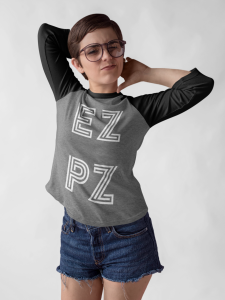
EZPZ © Pixeptional.com
Tip: If you are starting, stick with white prints on black t-shirts and vice versa. This removes the complexity of colors both on your design and on your canvas. Statistically, 80% of my sales are black shirts, white and navy share the rest. Most of my designs are white over black and navy, and some are black over white and grey.
Price
If you look at other companies in the space, Printful is more on the expensive side of the spectrum. I started using Printful a year ago without looking for alternatives. In retrospect, I could have earned more if the base price of the products is a lot lower. However, I did not feel that I’m missing out on other POD platforms partly because I’m pricing my items relatively high, more on the premium side and at least 2x of Printful’s base price. While people in my groups are switching, I also noticed a lot of complaints. I thought to myself that part of the price I’m paying in Printful is its maturity as a company, more defined processes, tested infrastructure, and better customer service.
I have other stores that use other platforms, but I would reserve my comparison and review when I have more experience and sales on those stores. What’s clear to me now is that the Printful base price is higher than most, but the extra cost is worth it.

Feeling Rich Club © Pixeptional.com
Tip: Printful is only expensive if you don’t get the value that you’re hoping to get. The good thing about most e-commerce platforms is that you can have multiple integrations. You can fulfill shirts in Printful, mugs in another platform, notebooks elsewhere. Do some testing and do more of what works.
Other things worth mentioning
- It’s easy to integrate Printful with most platforms, check out this list of supported e-commerce platforms. When everything is correctly set up, the only manual task that you would do is uploading designs and answering customer inquiries; fulfillment is automatic.
- Printful continually adds new products, which is good because customers often ask if you can print a design on a different garment. They also discontinue other products though so have a healthy mix of what’s popular and what’s new in your store.
- Printful allows you to have a customized packing slip which is essential for a non-generic looking package. You can add a logo and a short message, which I used to collect emails.
- If you don’t have much capital, you can run your Printful integration solely through Paypal, but this might mean doing things manually at first. You can load your Printful Wallet through Paypal which means if you receive a payment from the customer via Paypal, you can use your Paypal balance to process the order in Printful.
- If you sell around 5K in a month, all your orders next month have 5% discount. The discount percentage goes higher the more you sell. The discount might not be much, but it’s much appreciated especially in Q4.
- Printful and the community are very active in the Printful Insiders group. Some people opt to post their issues in the groups rather than contacting Printful directly which is, in a way, good because we can all see what others experience in their businesses.
- Printful allows you to order samples at a significant discount. I suggest you use this to request a sample with as many colors as possible which would be a big help in deciding your color palette.
In Summary
I would recommend Printful, especially for first time POD store owners. While the price is a bit higher, I find it warranted with the support and, for the past year, the low number of returns. I braced for potential issues, but my first Q4 in Printful was seamless. I will continue using Printful while I test other POD platforms.
If you want to start selling through Printful, register now! Don’t hesitate to reach out if you have any questions!

